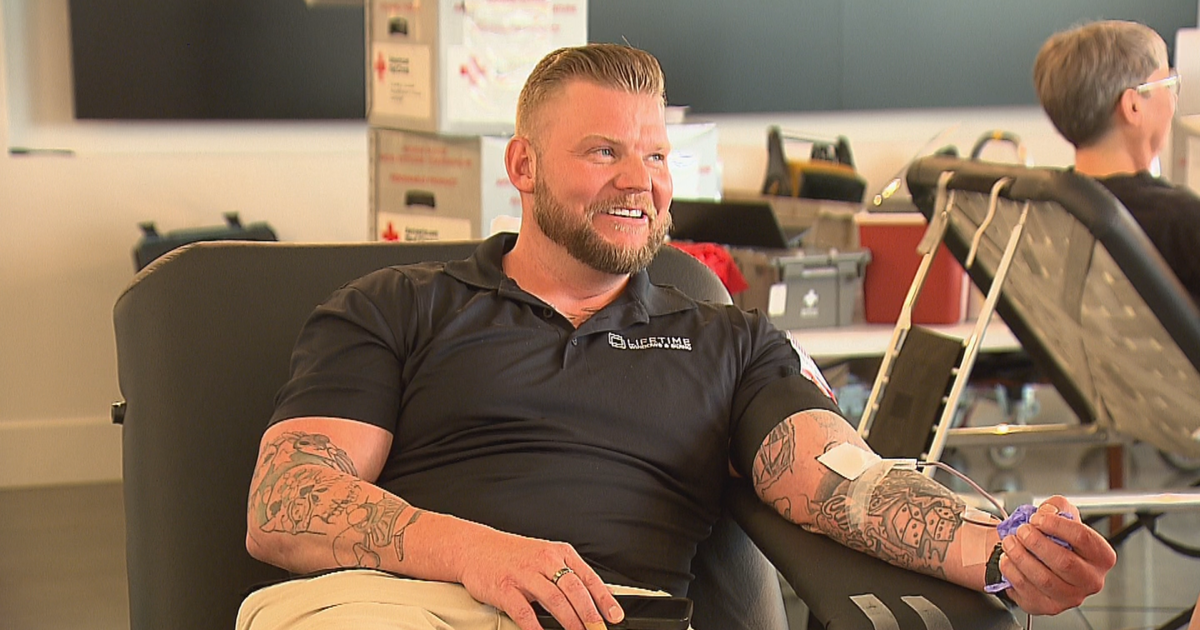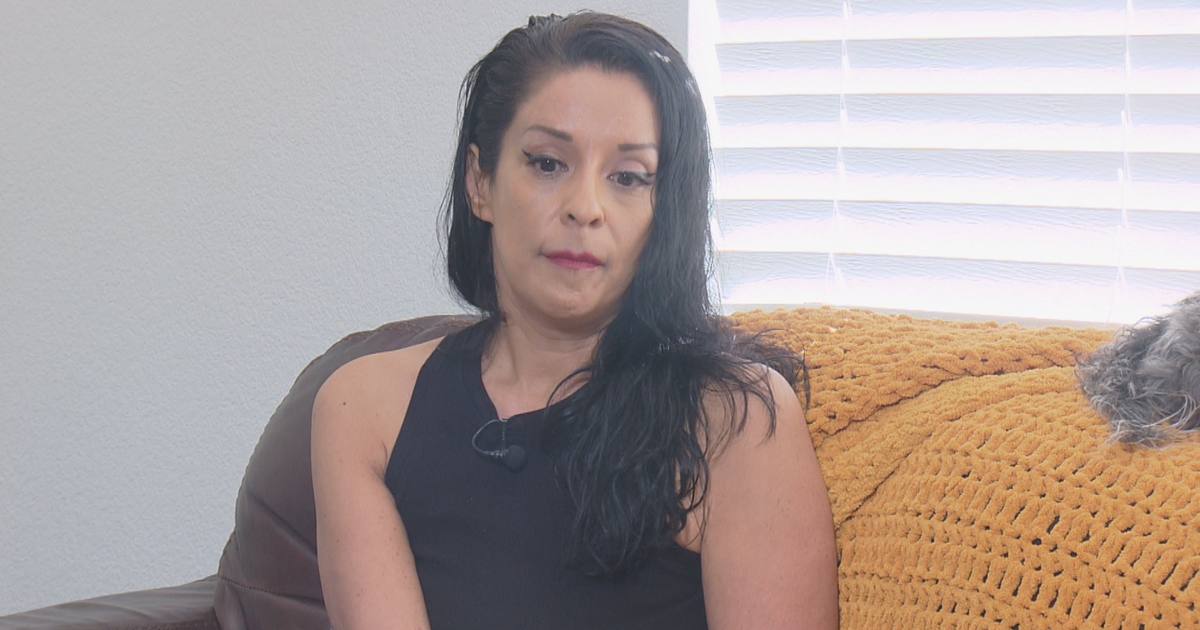Colo. Company Creates New Tests Detecting Salmonella, E. Coli Faster
DENVER (AP) -- Food safety scientists are looking for faster ways to detect salmonella, E. coli, listeria and other pathogens within hours or minutes instead of days.
The goal is to catch contaminated food before it leaves a processing facility, thereby averting costly recalls. It also could mean a longer shelf life for products, if companies don't have to wait as long for tests to show that food is safe before shipping it.
"Traditional salmonella tests can take five days," said Azlin Mustapha, an associate professor of food science at the University of Missouri. "Companies don't have that time to wait."
In December, Agilent Technologies Inc. said it was working with the University of California, Davis on getting results from food safety tests within hours instead of days. And DuPont has worked with U.S. Department of Agriculture researchers on a test that offers results on E. coli within as little as eight hours.
In early 2011, Beacon Food Safety, based in Greenwood Village, Colo., plans to introduce a device that can detect 112 pathogens at the same time, with results available in about 30 minutes. President Steve Stroud says the technology used is far more sensitive that what's been available previously for tests of its kind.
According to the Centers for Disease Control and Prevention, the U.S. has an estimated 48 million cases of foodborne disease each year and about 3,000 related deaths.
Beacon Food Safety's device, about the size of a thumb drive, contains a chip with 112 tiny detectors in an area smaller than a dime. A user places a sample on the detectors, plugs the device into a computer, and software "reads" light that is emitted when a detector finds a pathogen. The user would simply see a red light on the screen indicating if a sample is contaminated.
The light-emitting protein Beacon uses comes from a deep sea crustacean and is 10,000 times brighter than what many existing tests use. Today Beacon reproduces the protein in the lab.
Based on what Beacon has said publicly about its device, "It is very, very convenient because anyone in a plant can just do it," said Mustapha, who is not affiliated with the company.
While initial customers might be food processors or restaurants, Beacon Food Safety envisions its system one day making it to consumers.
The company has spent about $3 million developing the chip. Each disposable test would cost about $20, CEO Bill Locatis said.
Traditional tests have relied on growing samples that can be checked for pathogens.
She herself has developed lab tests to detect live salmonella in poultry and eggs and E. coli in beef within hours. Her method uses a dye so scientists can distinguish between live and dead cells in a sample, which is important because dead cells won't make people sick.
If testers want to hunt down just 10 cells of bacteria, it could take 12 hours, but her method still would reduce the amount of false positives, Mustapha said.
Unlike other pathogens, as few as 10 cells of E. coli can cause sickness in humans, Mustapha said.
Beacon's device also only looks for live cells. So far it can detect as few as 75 cells, Beacon Biotechnology CEO Fred Mitchell said. Beacon is working to detect about half that level without substantially raising the time it takes to get results, Mitchell said.
Jitu Patel, a lead scientist with USDA's Agricultural Research Service, said the goal should be detecting just one cell to reduce the chance of a false negative result.
"When there's a false negative, it's not good for the human health, because there's a false assurance that the product is safe," he said.
He also said lower detection levels could help the elderly or others who are more susceptible to disease.
(© Copyright 2011 The Associated Press. All Rights Reserved. This material may not be published, broadcast, rewritten or redistributed.)



